Welcome to our comprehensive guide on the best time to visit Japan, a country renowned for its distinct seasons, each offering unique experiences and attractions. Japan’s diverse landscapes and rich cultural tapestry make it a fascinating destination year-round. Whether you’re drawn to the cherry blossoms of spring, the vibrant festivals of summer, the colorful foliage of autumn, or the snowy wonderlands of winter, each season in Japan has its own charm and appeal. In this guide, we’ll explore what makes each season special, helping you decide when to plan your perfect Japanese adventure.
Table of Contents
Understanding The Seasons – Best Time to Visit Japan
Japan, a land of stunning natural beauty and rich cultural heritage, offers a unique experience in each of its distinct seasons. Understanding these seasons is key to planning your trip, ensuring you get the most out of what many consider the best time to visit Japan. Here’s a concise, informative guide to Japan’s seasonal variations.
Spring (March to May)
Spring in Japan is synonymous with the iconic cherry blossoms, known locally as sakura. The country awakens from its winter slumber as cherry trees bloom in a riot of pink and white. This season is not just about these famous blossoms; it’s a time of mild weather and gentle breezes, perfect for exploring the cities and countryside alike. Spring festivals abound, celebrating everything from flowers to local culture.
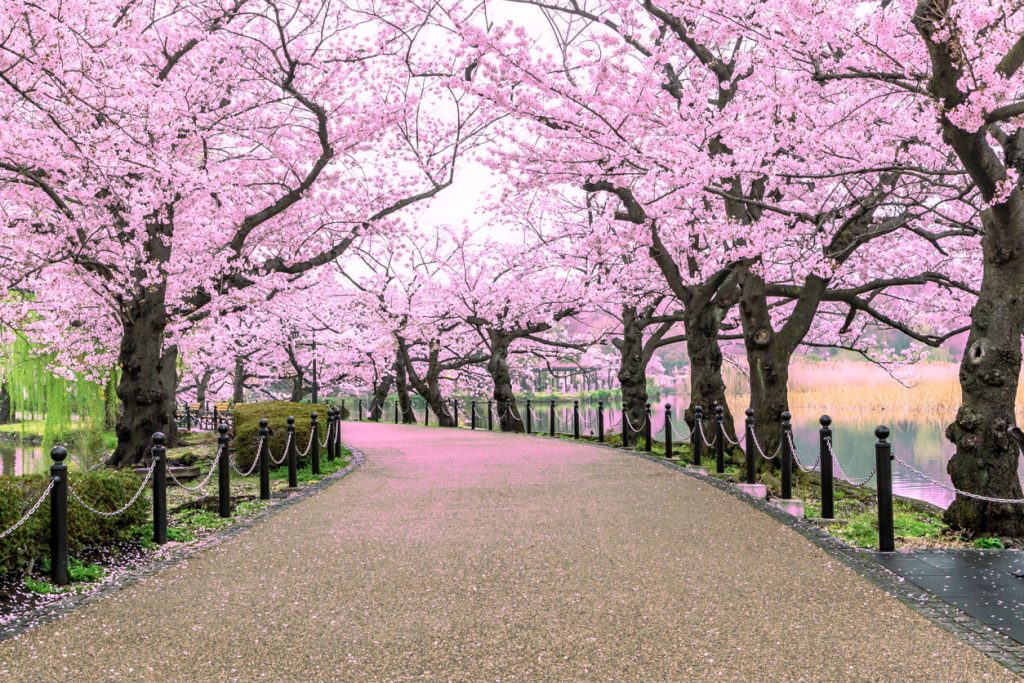
Summer (June to August)
Summer starts with a rainy season, known as tsuyu, which typically lasts from early June to mid-July. Following the rain, the country heats up, with temperatures often soaring above 30°C (86°F). It’s a season of vibrant festivals like Tanabata and Obon, featuring fireworks, traditional dances, and street food. For those seeking cooler climes, the northern regions of Hokkaido or the Japanese Alps offer a respite with their temperate weather and stunning natural landscapes.
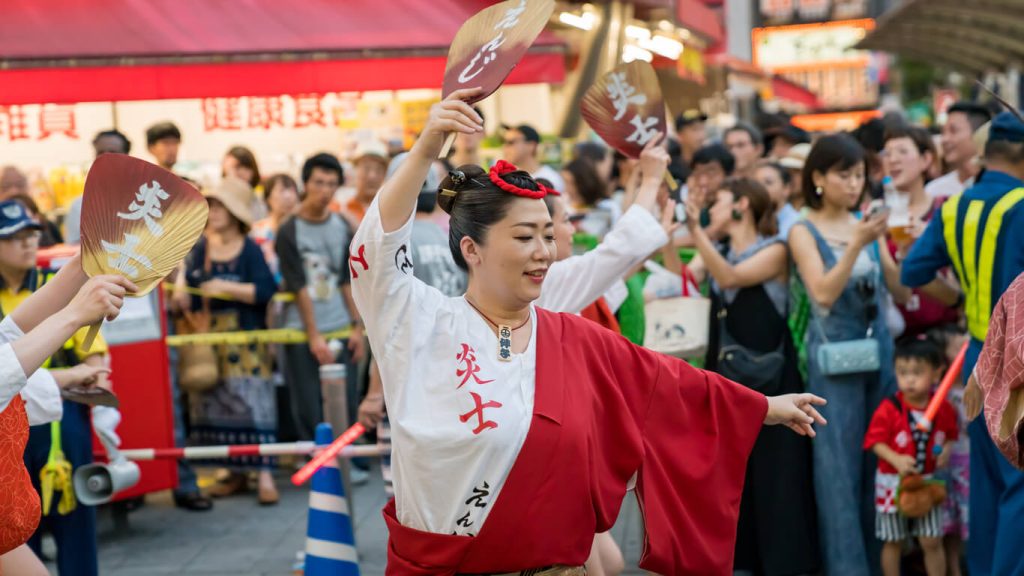
Autumn (September to November)
Autumn is a favorite among many travelers and is often cited as the best time to visit Japan. The weather cools down, and the foliage transforms into spectacular shades of red, orange, and yellow. This season is also a culinary delight, with an abundance of seasonal fruits and mushrooms, making it a perfect time for food enthusiasts to explore Japanese cuisine.
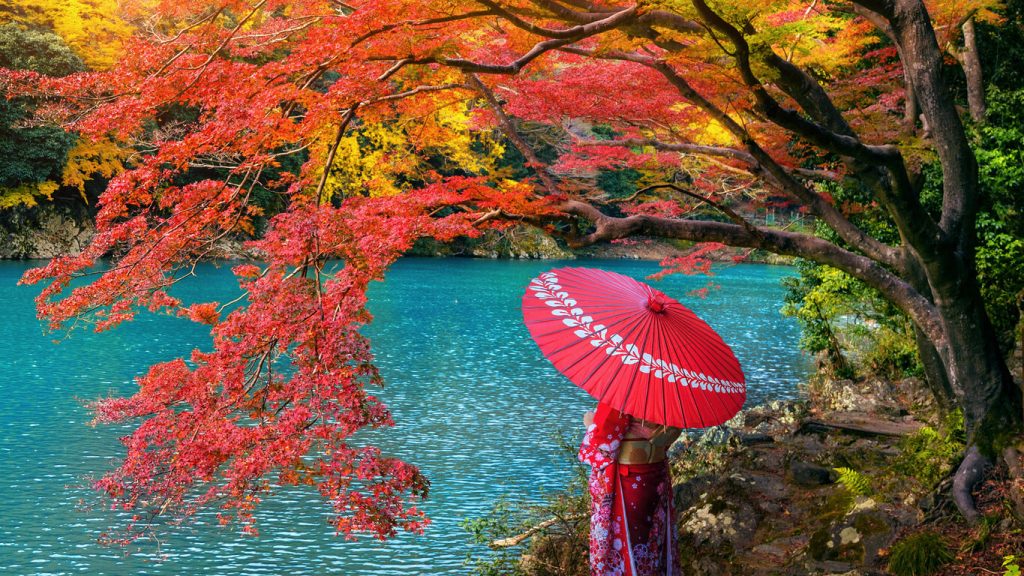
Winter (December to February)
Winter in Japan varies significantly from north to south. The northern areas, particularly Hokkaido, are blanketed in snow, offering excellent conditions for skiing and snowboarding. On the other hand, the southern regions like Okinawa remain relatively mild, suitable for exploring without the intense cold. Winter is also the season for enjoying onsen (hot springs), a quintessential Japanese experience, especially amidst a snowy backdrop.
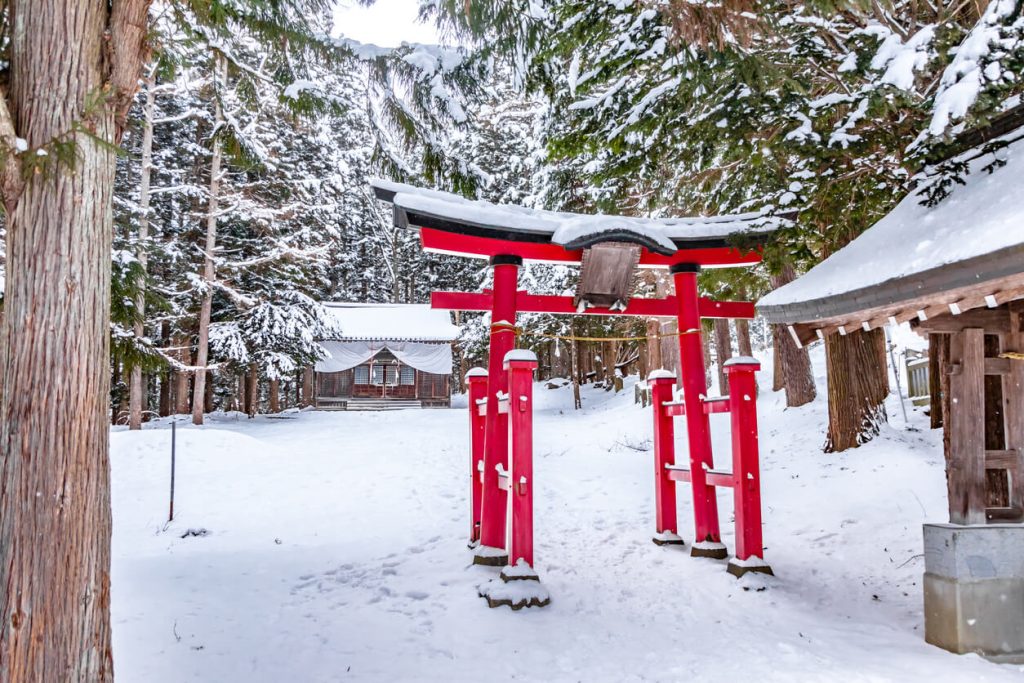
Each season in Japan brings its unique charm and a plethora of reasons why it could be the best time to visit Japan. Whether you’re drawn to the cherry blossoms of spring, the cultural festivals of summer, the culinary delights and scenic beauty of autumn, or the snowy landscapes of winter, Japan’s seasons are waiting to enchant you.
Spring in Japan: Cherry Blossoms and Festivals
Spring, often celebrated as the best time to visit Japan, is a season of renewal and joy. This period, from late March to early May, is when Japan’s landscapes are painted with the delicate hues of cherry blossoms, making it a truly magical time to explore the country.
Cherry Blossoms: A Symbol of Spring
The cherry blossom, or sakura, is more than just a beautiful flower in Japan; it’s a cultural icon. The blooming of cherry blossoms symbolizes the beauty and transience of life, themes deeply rooted in Japanese philosophy. The cherry blossom season starts in the southern part of Kyushu in late March and gradually moves northwards, reaching Hokkaido by early May. The peak bloom, known as “sakura zensen,” lasts only about a week, making timing crucial for those wanting to experience this natural spectacle.
Hanami: Cherry Blossom Viewing
Hanami, the practice of viewing cherry blossoms, is a cherished springtime activity. People gather in parks, gardens, and along riverbanks where cherry trees are abundant. These gatherings range from small picnics with friends and family to large public festivals with food stalls, entertainment, and night illuminations. Popular hanami spots include Tokyo’s Ueno Park, Kyoto’s Maruyama Park, and Hirosaki Park in Aomori.
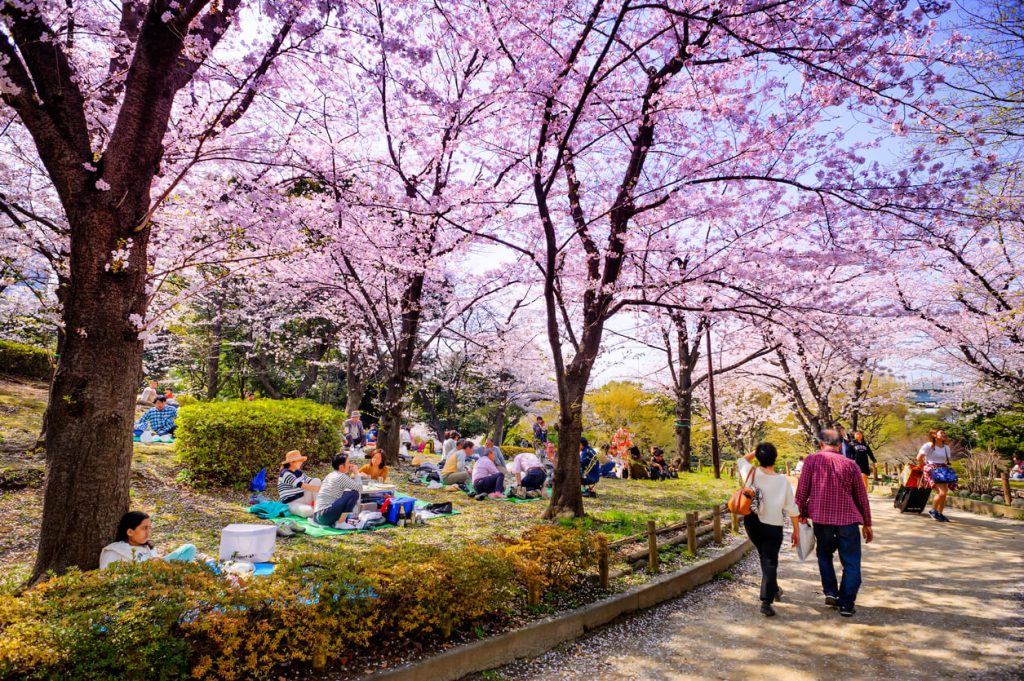
Spring Festivals
Spring is also a time for vibrant festivals, with many towns and cities hosting events that celebrate both the season and local traditions. Key festivals include the Takayama Spring Festival in Gifu, known for its ornate floats and puppet shows, and the Miyako Odori in Kyoto, where geisha perform traditional dances.
Spring in Japan offers a blend of natural beauty and cultural richness. The cherry blossoms provide a breathtaking backdrop for both quiet reflection and joyful celebration. Whether you’re participating in hanami or attending one of the many spring festivals, spring arguably represents the best time to visit Japan, offering experiences that are both visually stunning and deeply rooted in the country’s cultural heritage.
Summer Adventures: Festivals and Mountain Escapes
For many travelers, the vibrant summer season stands out as the best time to visit Japan. From exhilarating festivals to serene mountain retreats, summer in Japan (June to August) is a time of lively cultural expressions and natural beauty.
Festive Summer: A Season of Celebrations
Summer in Japan is festival season, known as “matsuri.” These festivals are deeply rooted in Japan’s cultural and spiritual traditions, offering a colorful spectacle of parades, music, and dance. Among the most famous is the Gion Matsuri in Kyoto, celebrated throughout July. This historic festival is renowned for its grand procession of floats and traditional garb. Equally mesmerizing is the Awa Odori in Tokushima, a dance festival in August, where participants and spectators alike are swept up in rhythmic dancing and lively music.
Firework Displays: Summer’s Sparkling Evenings
Japanese summer evenings are lit up by spectacular firework displays, a tradition known as “hanabi.” These events, held across the country, draw crowds who gather to see the sky painted in dazzling colors. The Sumida River Fireworks in Tokyo and the Nagaoka Festival Fireworks in Niigata are among the most impressive, featuring breathtaking pyrotechnics.
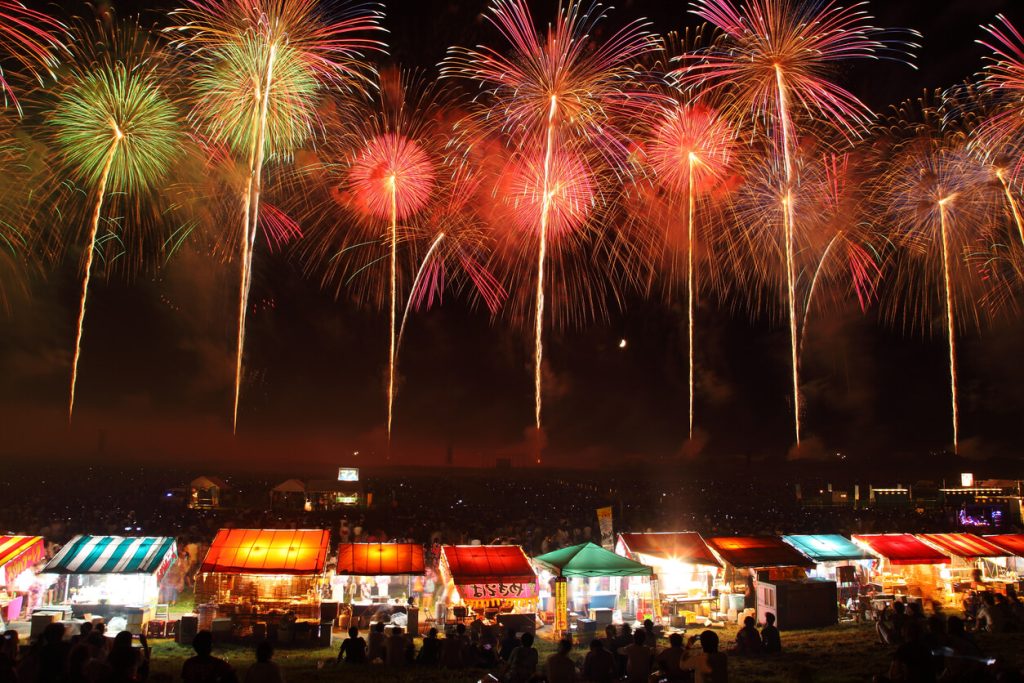
Mountain Escapes: Beat the Heat
For those seeking a respite from the summer heat, Japan’s mountains offer cool temperatures and stunning scenery. Destinations like the Japanese Alps, Hakuba, and the mountains of Hokkaido become havens for hiking, cycling, and experiencing rural Japan. These areas also host summer festivals, albeit in a more serene setting than their urban counterparts.
Summer in Japan is a season of contrasts — from the energetic buzz of its city festivals to the tranquil beauty of its mountain landscapes. This diversity makes summer an exciting and potentially the best time to visit Japan, offering a mix of experiences that cater to both cultural enthusiasts and nature lovers.
Autumn in Japan: Colors and Culinary Experiences
Autumn, often regarded as the best time to visit Japan, is a season that captivates with its kaleidoscope of colors and a plethora of culinary delights. From September to November, Japan transforms into a vibrant canvas of red, orange, and yellow hues, accompanied by a rich harvest that influences its cuisine.
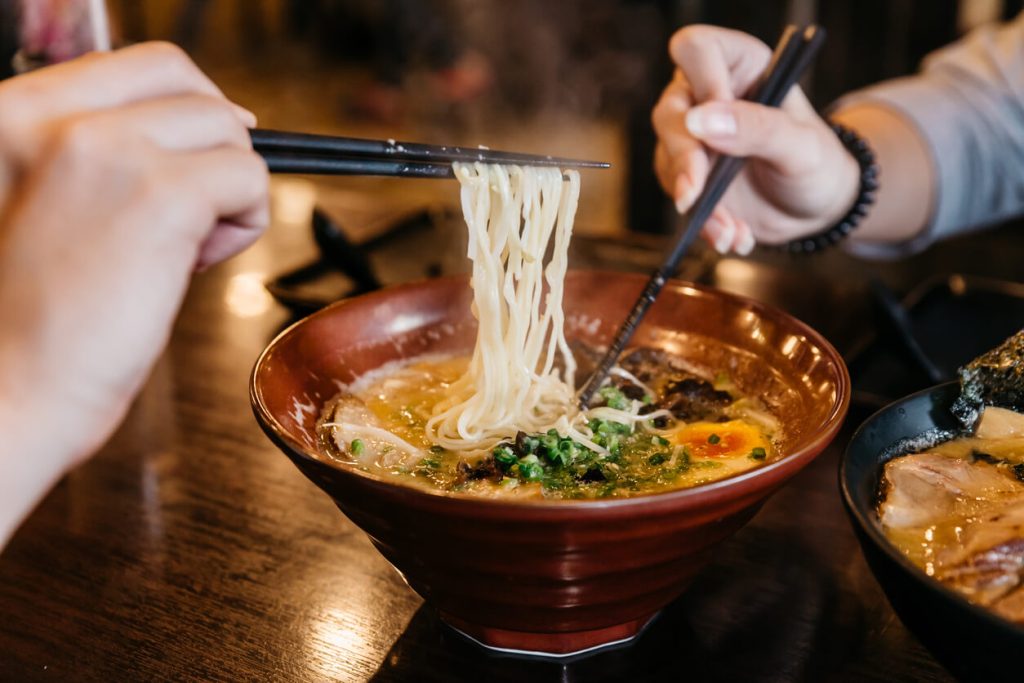
The Brilliance of Japanese Autumn
The autumn foliage in Japan, known as “koyo,” is a magnificent sight. The leaves of maples, ginkgos, and other trees change color, creating stunning landscapes that are a photographer’s dream. Popular spots for leaf-peeping include Kyoto’s Arashiyama, Tokyo’s Shinjuku Gyoen, and the mountainous region of Nikko. The scenery in these areas provides a breathtaking backdrop for walks and picnics, making autumn an ideal time for outdoor enthusiasts.
Culinary Harvest: A Feast of Flavors
Autumn is also a time of harvest, and Japan’s culinary scene reflects this abundance. It is the season for mushrooms, chestnuts, sweet potatoes, and a variety of fruits like persimmons and grapes. Seafood, particularly Pacific saury and salmon, is at its best. Many regions host food festivals, offering a chance to indulge in seasonal specialties and local cuisine.
Cultural Events in Autumn
Autumn is not just about natural beauty and food; it’s also a time for cultural events. The Takayama Autumn Festival in Gifu and the Kyoto Jidai Matsuri are notable, featuring elaborate parades and historical reenactments. These festivals provide insight into Japan’s rich history and traditions, adding another layer to the autumn travel experience.
Autumn in Japan offers a rich tapestry of experiences, from the visual splendor of changing leaves to the culinary delights of its seasonal harvest. This blend of natural beauty and cultural richness makes autumn arguably the best time to visit Japan, especially for those who appreciate the subtle changes of nature and the flavors they bring.
Winter Wonderland: Snow Festivals and Onsen Culture
Winter in Japan, often overlooked, can indeed be the best time to visit Japan for those who delight in snowy landscapes and unique cultural experiences. From December to February, parts of Japan are transformed into enchanting winter wonderlands, offering everything from snow festivals to the tranquil enjoyment of onsen (hot springs).
Snow Festivals: A Dazzling Display of Art and Light
The highlight of winter in Japan is undoubtedly its snow festivals. The most famous is the Sapporo Snow Festival in Hokkaido, where colossal snow sculptures and ice art installations draw visitors from around the world. The festival, held in February, turns the city into a dazzling display of creativity and lights, offering a unique blend of art, entertainment, and local cuisine.
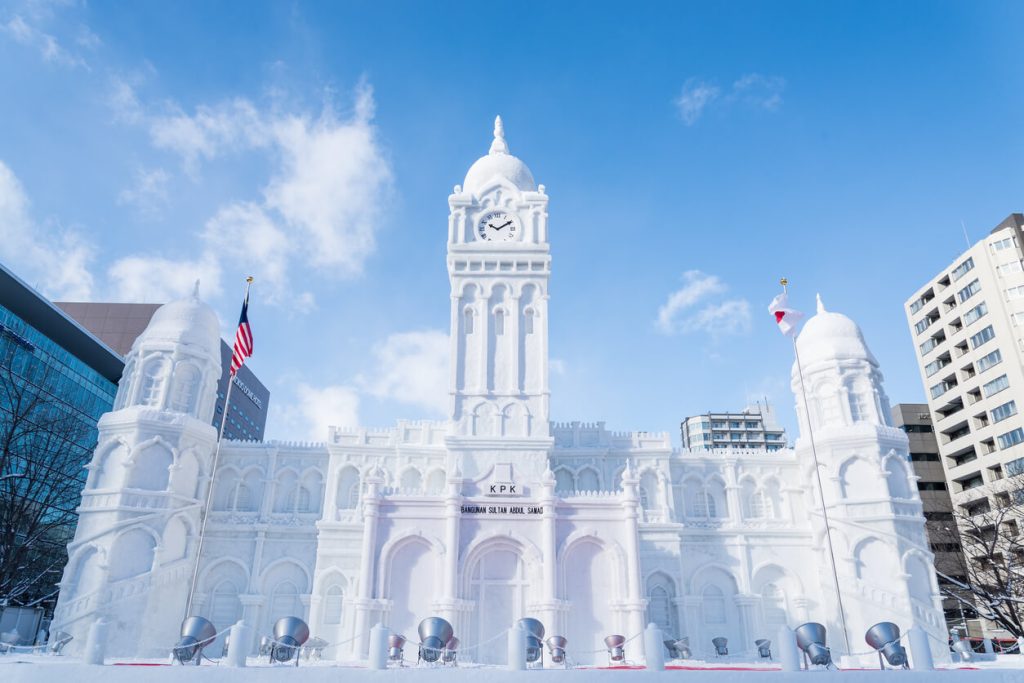
Onsen Culture: A Warm Respite from the Cold
Another quintessential Japanese winter experience is soaking in an onsen. These natural hot springs are found throughout Japan, with many located in scenic areas like the Japanese Alps and Hokkaido. Bathing in an onsen during winter, especially an outdoor one with views of snow-covered landscapes, is not only relaxing but also a deeply ingrained part of Japanese culture.
Winter Sports: Japan’s Snowy Playgrounds
For the active traveler, Japan’s winter is a paradise for skiing and snowboarding. Regions like Niseko in Hokkaido, Hakuba in Nagano, and Zao Onsen in Yamagata offer some of the best skiing experiences with powdery snow and excellent facilities. These destinations cater to all levels, from beginners to advanced, and provide a great way to enjoy Japan’s winter landscapes.
Culinary Delights of Winter
Winter in Japan is also a season of hearty food. Dishes like hot pot (nabe), ramen, and grilled fish become staples, providing warmth and nourishment. Winter is also the time for enjoying crab and oysters, which are at their most flavorful.
Winter in Japan offers a distinct and memorable experience, from the excitement of snow festivals to the serene pleasure of onsen bathing. For those seeking a different perspective, winter could be the best time to visit Japan, offering a blend of natural beauty, cultural experiences, and culinary delights.
As we’ve journeyed through the distinct and beautiful seasons of Japan, it’s clear that the best time to visit Japan is a matter of personal preference, aligned with what you wish to experience. Spring offers the mesmerizing beauty of cherry blossoms, summer brings lively festivals and mountain adventures, autumn enchants with its tapestry of colors and culinary delights, and winter captivates with its snowy landscapes and onsen culture.
No matter which season you choose, Japan promises a rich array of experiences, each imbued with its own unique charm and wonder. From the hustle and bustle of its modern cities to the serene beauty of its natural landscapes, Japan is a country that truly offers something for every traveler in every season.
As you plan your journey to this incredible land, finding the right travel deals can make all the difference. To assist you in this important step, we recommend checking out our comprehensive guide on the Best Travel Booking Websites, offering valuable insights and tips to help you book your trip seamlessly and affordably. With the right preparation, your visit to Japan, regardless of the season, is sure to be an unforgettable adventure.
